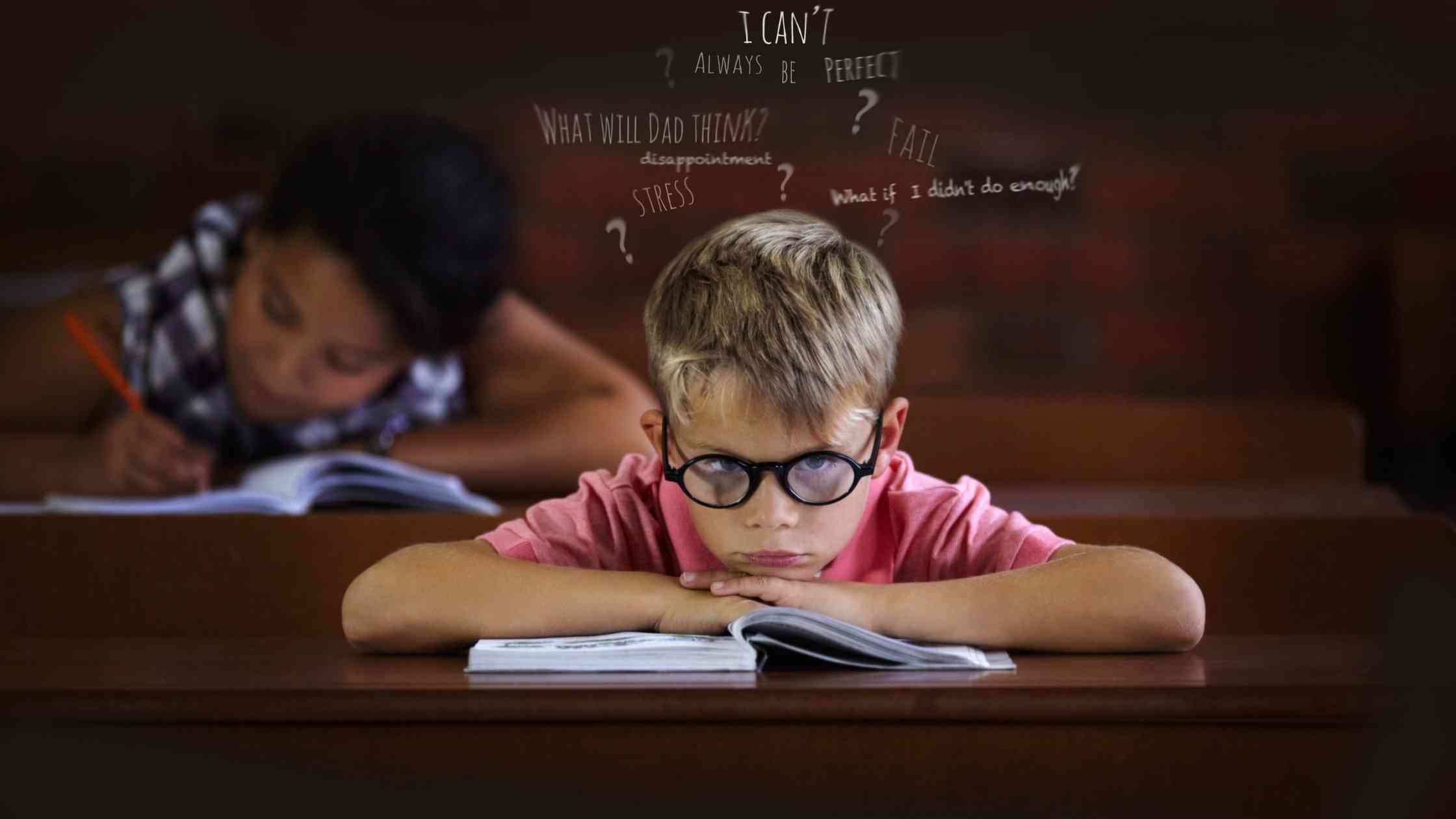

What are the main types of learning disabilities?
LEARNING… When we hear the word learn or learning the first thing that comes to mind is school. School... a safe place, a home away from home, a place where we spent most of our day socializing, laughing, being mischievous and learning! It was the same for me too. But I always felt I needed to learn differently; today I know why!
As a student there are favourite subjects and some not so and some that are dreaded. English, Social studies, Science were in my list of favourites. The one I dreaded the most and the one that made me feel most foolish was Math. I could make no sense of it even if a single word in the problem changed.
Today as I look back I always say that if there was more awareness and testing I would have been diagnosed with a learning disability.
LEARNING DISABILITY - such a strong and most spoken word nowadays. It's very easy to term a child/person to have a learning disability but we need to understand what it means and its types so that students and people who live with it can be helped properly.
What is a Learning disability?
Learning disability is a condition that causes significant difficulties in one or more processes that we use in understanding or using spoken or written language.
Types of learning disabilities:
There are 4 types of learning disabilities.
Dyslexia- The word ‘dys’ means difficulty and ‘lexia’ means language therefore, Dyslexia refers to having a difficulty in understanding and processing a language.
It is a neurological condition and not a disease. The condition is difficult to identify because if it's hidden condition. Children with Dyslexia will not show any manifestations externally other than his performance in the academic areas. Their IQ’s may be high but they will have difficulty in performing academic work.
Students with Dyslexia struggle with tasks that involve reading and they may read much lower than their overall cognitive level. Now we have to remember something very important that students who are poor spellers or are slow at reading don’t necessarily indicate Dyslexia. To be able to detect it, the student will have issues in skills like- Accuracy, speed and comprehension.
It is also called a reading disorder as it affects all forms of language- spoken or written.
Dyscalculia- Students with Dyscalculia will have problems with Math Not understanding math is one thing but students with dyscalculia will have math abilities that are lower than that of his/her age and intelligence. The difficulty makes academics and daily activities difficult.
A checklist to help identify students with Dyscalculia.
A student may show difficulty in recognizing symbols and numbers in math.
A student may find understanding the language used in math difficult.
A student may show difficulty keeping focus for mental calculations and carrying over or borrowing numbers
A student finds it difficult to understand and carry out simple mathematical calculations.
Their perception and memory may be good in other areas but they have difficulty in math.
Dysgraphia- It mainly affects writing. The student may have poor handwriting and trouble putting thoughts down onto paper or even expressing their thoughts orally. They have difficulty writing grammatically correct sentences or organizing paragraphs.
The checklist areas that detect Dysgraphia are-
Handwriting
Grammar
Spelling
Paragraph structure
The inability to express his/ her thoughts in written form makes the student feel frustrated and helpless because they know what they want to say but can’t put it down in words. This leads to a lot of challenges on the academic front and may also lead to low self - esteem.
Dyspraxia- It is known as a motor learning difficulty. It is also called 'clumsy child syndrome'.
The students find it difficult not only to control but also plan physical movements. Movements as simple as carrying books across a room may be very tedious as they may bump into something, drop the books or keep tripping while doing the task at hand.
There are 2 terms we have to remember here- Gross motor and Fine motor. The gross motor means the work that the larger muscles do and fine motor is what our small muscles do.
Waving, catching and throwing a ball are a few gross motor movements. holding a pencil, brushing teeth are more of the fine motor movements.
I have heard that the students who exhibit Dyspraxia are very intuitive, insightful and have a photographic memory.
It is important to get the right diagnosis by observing the child for 6 months and getting the child tested at the correct centres and getting the right intervention for them in special schools that are now more accessible and open heartedly welcome the students and want to make a difference.
I don’t believe that these children cannot learn. I believe that they can learn if we teach them differently.
Author: Pramila Mankikar
Teaching Faculty – Junior School
The Aditya Birla Integrated School
Also read,
Do dyslexia cause stress and anxiety in children? How to help them overcome these problems?
What therapies are required for children with special learning needs?